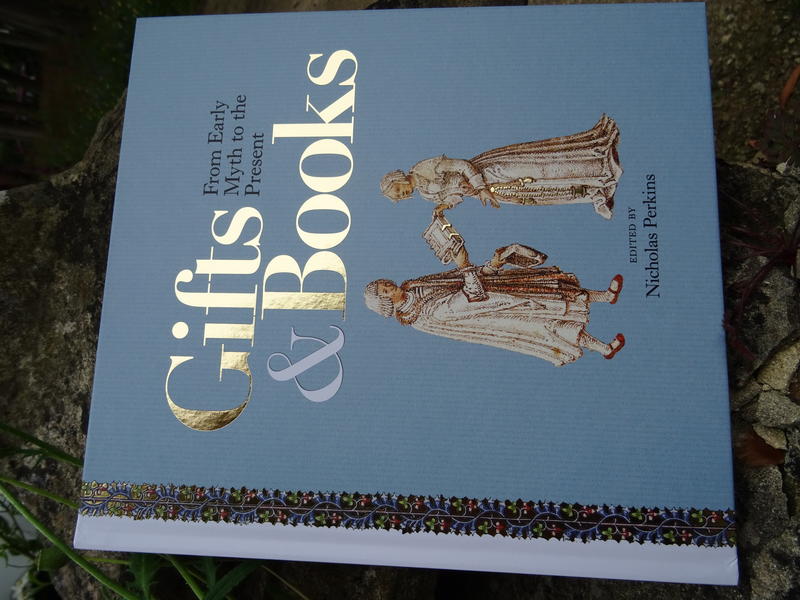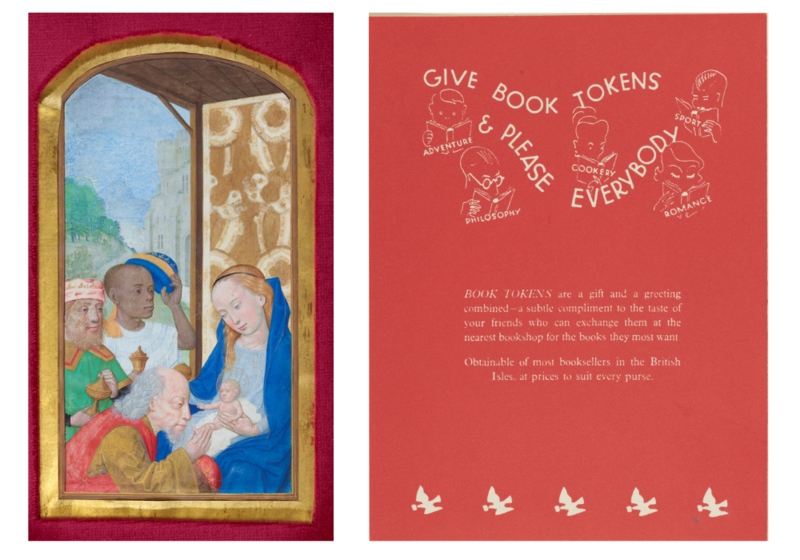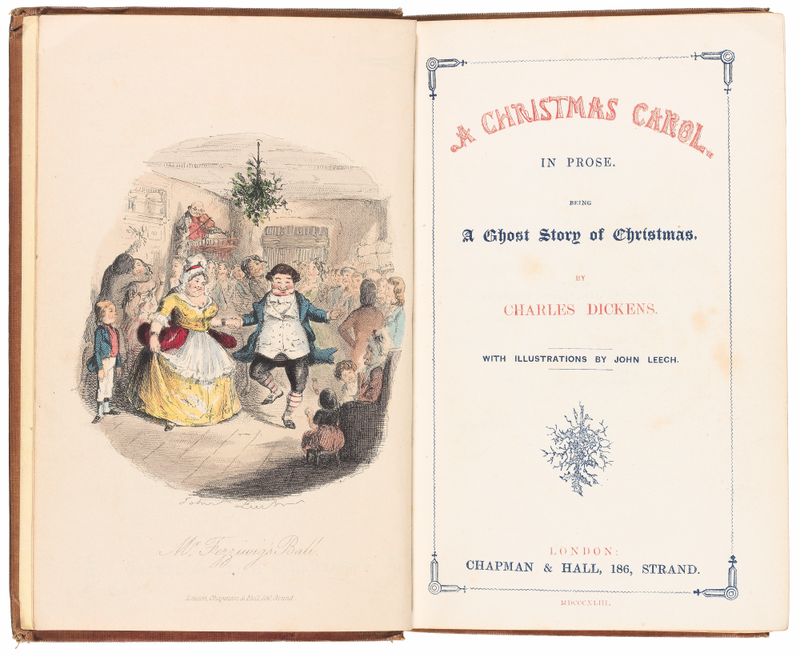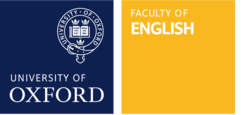Spotlight on Research: Gifts and Books

This summer and autumn, a major exhibition that I’ve curated is running in the Bodleian’s Weston Library. Here I introduce the ideas behind it, and some of the striking books and objects on display.
Give and take
As any anthropologist will tell you, gifts are fundamental to human societies, and as readers we also know about the complex pleasures, obligations and sometimes disasters that gifts bring to people’s lives and stories. Part of my research explores how gift and exchange are bound up with medieval narrative. The complex ethics of exchange help to structure Sir Gawain and the Green Knight, for example, and as its audience, we’re asked to judge what surplus those exchanges have generated or how, to adapt the poet’s phrase about the turning of the seasons, the story ‘yeldes never like’ (never gives back the same).
The exhibition includes a very broad range of material from the Bodleian’s rich collections and beyond: from a Sumerian clay tablet recounting the exploits of Gilgamesh (c.1800 BCE); through gorgeous medieval and Tudor presentation books – including a book made by the future Elizabeth I for Katherine Parr; to gifts as part of campaigns for fundamental freedoms, and the testimony of people previously enslaved such as Olaudah Equiano and William and Ellen Craft; and including writing for children, featuring J.R.R. Tolkien, Shirley Hughes, Philip Pullman and Patience Agbabi. The newest item was finished (thank goodness!) a few weeks before we opened – a vibrant pop-up by book artist Paul Johnson, celebrating the idea of artistic inspiration as a gift.

The return of the Magi
One of the first things you’ll see in the exhibition gallery is an exquisite late fifteenth-century illustration of the Adoration of the Magi [fig. 1]. The artist focuses on the three kings’ awe and wonder. They are old, middle aged, and young, and represent Europe, Asia and Africa. The tradition of portraying one of the Magi as a Black African was becoming established at this time, but there’s still a hierarchy here: the artist shows the older European king coming closest to the divine child. This picture was cut from a book of hours, probably in the early 1800s. In 1834 the book itself was bequeathed to the Bodleian, which has just acquired this missing page; it’s probably the first time it and the book have been seen together for over 200 years.
‘Bah!’ said Scrooge; ‘humbug!’
One strength of the Bodleian’s collections is in books, periodicals and ephemera from the nineteenth and early twentieth centuries. We’ve included early copies of Little Women, Far from the Madding Crowd (with Bathsheba’s fateful valentine) and Goblin Market, along with a manuscript notebook by Christina Rossetti, and an annotated gift copy of her collection Sing-Song. We also feature early book tokens – an idea invented in the 1930s [fig. 2]. Charles Dickens is one writer who exploited the growing Christmas book market. A Christmas Carol (1843) is not, though, only a book for giving, but a deep reflection on the gifts that money can’t buy. John Leech’s illustration to the first edition [fig. 3] shows the ebullient Mr and Mrs Fezziwig, who embody the spirit of generosity, love and community that Scrooge has lost and must rediscover – ideas explored by Faith Binckes in her chapter for our exhibition book.

Creative Story Exchange
The Gifts and Books project includes collaborations with community groups, primary schools, the Oxford Flash Fiction Prize, and the charity Book Aid International. Earlier this year, I was part of a knowledge exchange project called Creative Story Exchange [fig. 4], with artist Dionne Freeman. We worked with young hospital patients, secondary school students, and older patients in Oxford City Community Hospital. Using exhibition items as inspiration, including the medieval romance King Horn, they painted canvases and objects, passing them from one group to another as a conversation or gift exchange. It was a privilege to work with them and hear their stories. Their artwork is on display as part of Gifts and Books.
There’s much more to experience in the exhibition (which is free). I hope you’ll be able to visit, or to read our accompanying book – which is not free, but is very beautiful and is of course a great gift book!
— Dr Nicholas Perkins, Associate Professor of English and Tutor at St Hugh’s College



